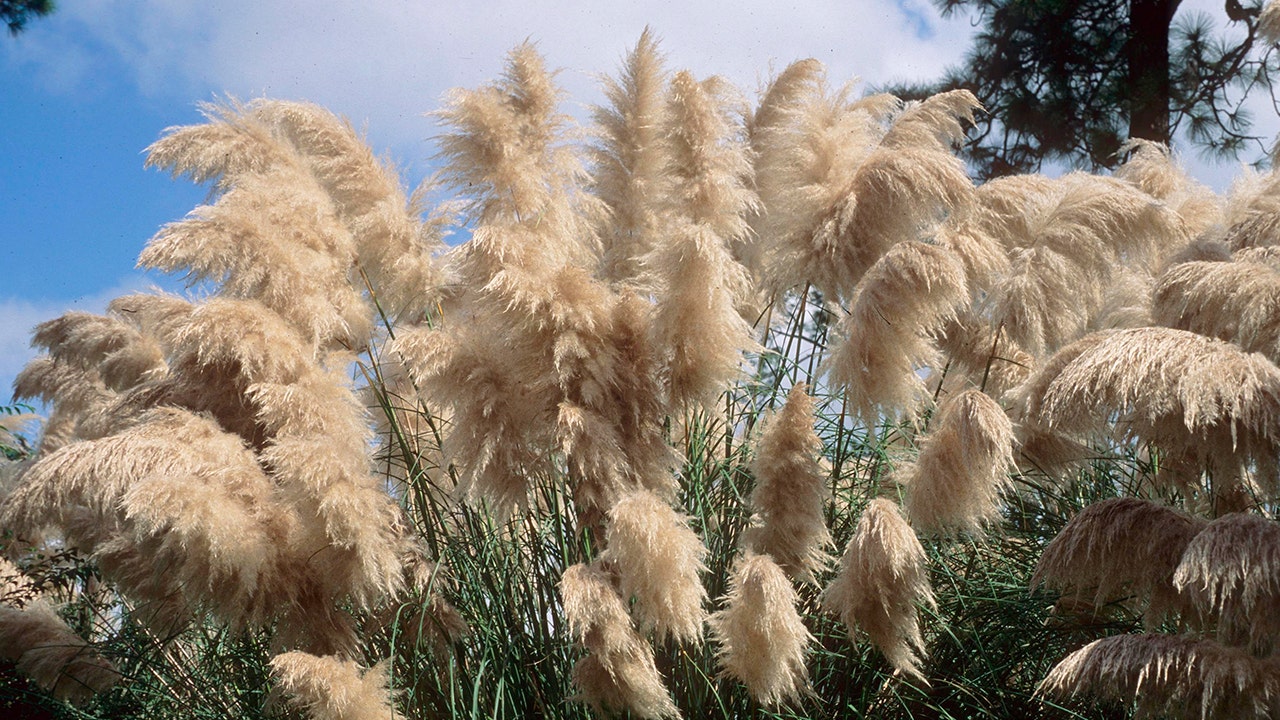The recent devastating wildfires in Hawaii were partially fueled by invasive grasses that have taken over land previously used for sugar and pineapple plantations. According to Michele Steinberg, the wildfire division director at the National Fire Protection Association, some plants are more flammable than others, but no plant is completely fireproof. Under the right conditions, any plant can ignite. These conditions include improper pruning, insufficient watering, and poor sanitation practices that leave dry, dead plant parts on the soil surface in high-risk areas.
If you live in a fire-prone zone or an area where the risk of wildfires is increasing due to climate change, it is important to choose plants for your garden that offer some fire resistance. Understanding which plants are more flammable and which ones are resistant can greatly benefit you.
Certain plants with aromatic oils, resins, waxes, or gummy sap are more likely to catch fire quickly, even if they have been well-watered and cared for. Examples of such plants include acacia, bamboo, eucalyptus, Japanese honeysuckle, rosemary, Scotch broom, and gas plant. Gas plant derives its name from the flammable vapor emitted by its flowers and leaves.
Trees with peeling, papery bark like river birch are generally more flammable than those without. Additionally, fine-needled evergreen shrubs and trees such as cedar, cypress, fir, juniper, pine, and spruce contain volatile saps and resins, increasing their fire risk. The dried needles of these trees, when left on the ground or roof, further contribute to the risk. However, redwoods are an exception and are considered fire-resistant due to the tannic acid in their bark.
Many grasses, including buffel, molasses, guinea, fountain, and feather grasses, are highly flammable. Their ignitability increases when they are left dry over winter or during drought periods. Excessive dry heat causes moisture to evaporate from the soil and plants, essentially turning them into kindling.
Contrary to popular belief, native plants are not necessarily less flammable than introduced species. Non-native, invasive plants often pose higher fire risks due to their ability to spread rapidly, avoidance by wildlife, competition with native vegetation, and their tolerance for extreme weather conditions. These plants can quickly cover vast areas of land, and a spark, such as from lightning, can easily set them ablaze.
For optimal fire resistance, choose deciduous trees like ash, crabapple, dogwood, locust, maple, and oak over fine-needled evergreens. Succulents with water-filled leaves, such as ice plants and sedums, are also slow burners. Some groundcovers like ajuga and creeping phlox provide good fire resistance as well.
When selecting plants, look for characteristics that indicate fire resistance. The Washington State University Extension Service suggests considering the following:
– High moisture content in leaves, which results in slower ignition and burning.
– Minimal accumulation of dead vegetation throughout the year.
– Open branching habits that provide less fuel for fires.
– Fewer total branches and leaves, reducing fuel for fires.
– Slow growth, requiring less pruning to maintain an open structure.
– Non-resinous material on the plant, such as stems, leaves, or needles that are not oily, resinous, or waxy.
By considering these factors and choosing fire-resistant plants, you can reduce the risk of fire in your garden.
Denial of responsibility! VigourTimes is an automatic aggregator of Global media. In each content, the hyperlink to the primary source is specified. All trademarks belong to their rightful owners, and all materials to their authors. For any complaint, please reach us at – [email protected]. We will take necessary action within 24 hours.


